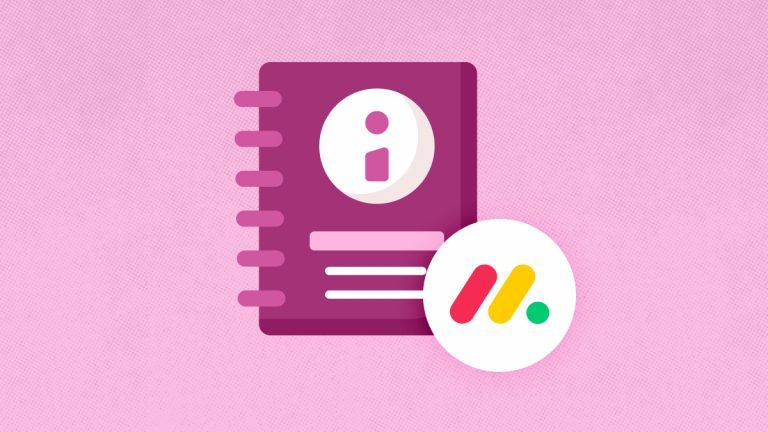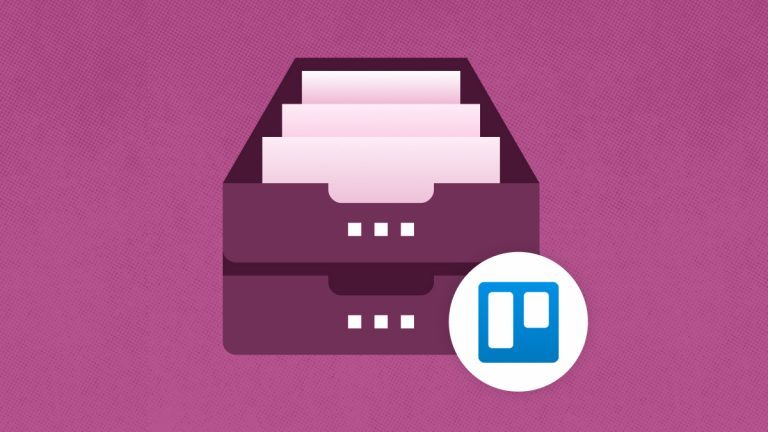
Elena Humeniuk
PPM Consultant
Project management success is often linked to efficient resource management techniques, risk control, and the experience of the project manager, among other factors. They are what we see on blogs, websites, case studies, whitepapers, and so on as the reasons for successful projects. However, while these factors may contribute immensely to the success of a project, it is the project outline written in the early stages that drives focus and stability.
The project outline serves as a roadmap that guides project team members toward achieving set objectives. It tells them what to do, why they need to do it, and when they need to do it. When this document is absent, it confuses team members and stakeholders, leading to conflicting expectations that may result in project delays and failure. So if you are a project manager or project lead, this article is for you. You will learn how to craft a comprehensive project outline that serves as a blueprint for successful project management.
What is a project outline?
In simple terms, a project outline is a blueprint that summarizes the key components of a project in a clear, easy-to-read format. It describes how you intend to satisfy project deliverables, who’s on the project team, and the required resources. Additionally, your project outline must address the questions of why you are undertaking this project and what you expect to achieve upon completion. However, project outlines should not be confused with a project proposal, which is a business case for why the project is necessary.
Who should create a project outline?
The project manager or project sponsors usually create a project outline. However, due to the complexity of modern project management, anyone responsible for leading a project must create a project outline, regardless of their position. It shows that you understand what you’re being asked to do, and it’s good practice for clarifying project objectives. So if you’re assigned a new project, the first thing you must do is to create your project outline. Additionally, be sure to include other project members as required, such as clients, teams, and stakeholders.
What are the key components of a project outline?
Before we discuss what an outline looks like, we need to know the key components of a project management outline. They include project objectives, scope, background, timeline, and team members, among other essential elements. However, while the level of detail may vary depending on project size and complexity, below are several key components of a project outline template:
- Project title and summary
- Project overview
- Objectives and goals
- Project scope and deliverables
- Constraints and assumptions
- Key stakeholders and team members
- Timeline and milestones
- Resource requirements
- Budgets
How to write a project outline
The process of writing a good project outline requires much thought, effective communication, and careful planning. It involves collecting and assembling all the necessary information for the project. Notwithstanding, below is a step-by-step guide on how to make a project outline and what the outline format is:
- Step 1. Add basic information.
The first step is to fill in the first page of the document with the project title, basic information, author, and version date.
- Step 2: Identify key stakeholders and team members.
This is the stage where you need to identify and recruit the best team members for your project. You also need to determine their roles and responsibilities. However, helpful information, such as who’s paying, who the executive sponsors are, and internal customers or clients, is essential to identify at this stage.
- Step 3. Summarize the project.
Write a brief overview of the project, emphasizing how it creates business value. However, remember to keep it to a maximum of two to three paragraphs. If you know your writing skills are poor, however, you can outsource this section to an expert who knows how to write a project overview.
- Step 4. Outline project goals.
This is the stage where you need to write down the goal your project must deliver and why it needs to deliver it. How will this project achieve that goal? It must clearly describe the project’s purpose and expected results.
- Step 5. Determine project objectives.
Project objectives are different from project goals. While project goals are high-level statements of what the project aims to achieve, objectives are the specific areas the project seeks to improve, reduce, remove, or optimize. They are usually specific and measurable, to keep the project on track. Therefore, ensure that you write them down to measure your team’s success and track project milestones.
- Step 6. Define project scope and deliverables.
The definitions of what is within the project boundaries and what is outside are fundamental when writing your project outline. Likewise, your deliverables must be well understood at the planning stage so that team members are well informed of what is expected from them.
- Step 7. List of required resources.
Project resources, including people, facilities, costs, equipment, time, and information, must be identified and listed in your project outline example. However, you don’t have to delve too deeply yet; once the project has been approved, you can refine your initial estimates.
- Step 8. Draft a project timeline.
As the project manager or project lead, you need to have an estimated start date and a completion date for the project. Then add major milestones between the two dates to track project deliverables on a weekly, monthly, or yearly basis.
- Step 9. Identify project constraints and assumptions.
Project constraints are general limitations that hinder the success of your project. You must identify them at the planning stage of your project. These factors include time, costs, risks, scope, quality, and resources. Furthermore, be prepared to make assumptions about these factors with your team, as they will help you create a solid project outline that addresses potential issues before they arise.
- Step 10. Note the costs.
For now, you don’t need a detailed budget; simply record the estimated costs required to carry out the project successfully. However, remember to consider the costs of labor, materials, software, and any other external services that might be needed for the project.
- Step 11. Get feedback.
If you haven’t already done so, ensure that you ask team members and stakeholders to review the project document thoroughly; however, remember to be receptive to new ideas and perspectives.
- Step 12. Review and revise.
Before executing the project plan outline example, review it for grammar and clarity. Additionally, this is the stage at which you refine the document to incorporate the opinions and perspectives gathered from the previous steps.
- Step 13. Present the outline.
As a project manager, you might be asked to present your outline to top-level management staff. The only way to fully prepare for such a situation is to put together presentation slides and discuss the project outline with colleagues.
Common mistakes to avoid when creating a project outline
As a project manager, the above step-by-step guide will help you write an effective project outline; however, it does not guarantee project success. The following are some common mistakes you need to be aware of while writing your project outline:
- Misaligned goals and objectives. Your project objectives must align with the organization’s overall goals and objectives. They must be in tandem with each other; otherwise, they risk being misinterpreted by team members and stakeholders.
- Unrealistic timelines. Assembling the perfect team will not always translate to good results if you don’t give them enough time to complete project tasks. As a project manager, the health and wellness of your team will have a significant impact on the success or failure of your project.
- Failure to assign clear responsibilities. Another major mistake committed by most project managers is that they often fail to tell who is responsible for what in their project outline. This usually leads to confusion, duplicated work, and missed deadlines.
- Neglecting risk planning. Every project, whether big or small, has uncertainties, and ignoring them can leave your teams exposed. It’s better to anticipate such problems rather than to rush around trying to fix things later.
- Unclear communication flow. A project outline that doesn’t address how and when information should be shared is incomplete. Project managers need to specify the method of collaboration, especially when managing remote or cross-functional projects.
- Lack of stakeholder involvement. Miscommunication and a lack of stakeholder involvement in project planning are among the primary reasons for project failures. As a project manager, ensure that key stakeholders and teams are well-briefed on any changes or developments within the project.
Final thoughts on writing a project outline
As a project manager or project lead within your organization, you should first create a project outline when assigned a new project. It gives your team a shared understanding of what needs to be done, how to approach it, and who’s responsible for what. Additionally, it provides you with the opportunity to transform that idea into a clear outline of a plan that everyone can rally behind. Think of it as your first move toward leading with clarity, purpose, and confidence.
Download whitepaper
how to protect projects from data loss

























